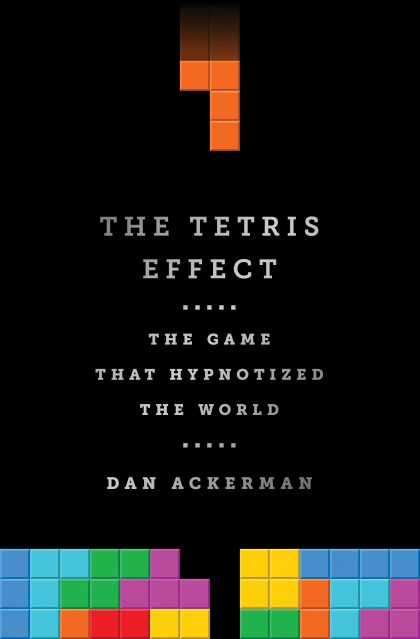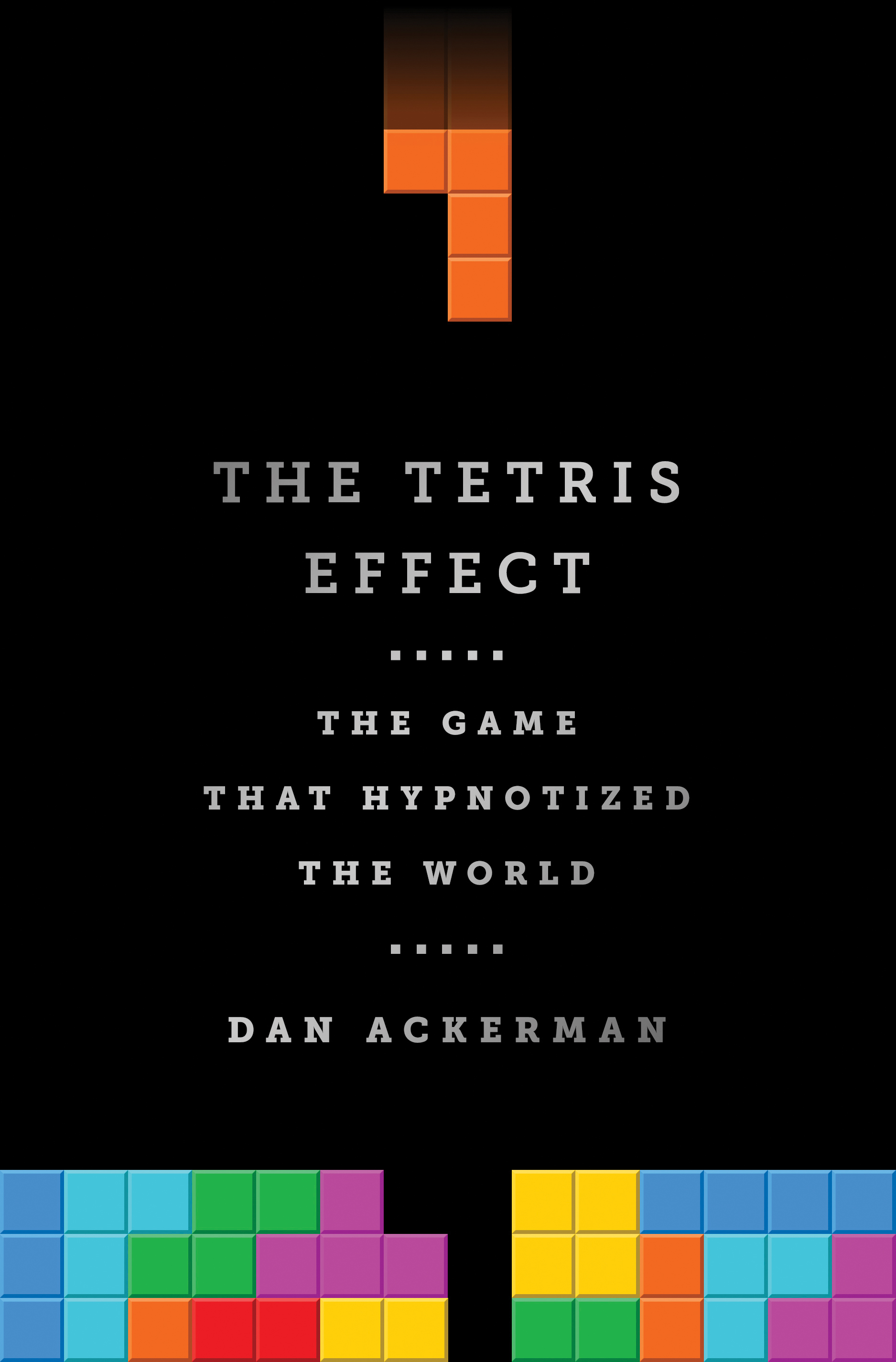Promotion
25% off sitewide. Make sure to order by 11:59am, 12/12 for holiday delivery! Code BEST25 automatically applied at checkout!
By clicking “Accept,” you agree to the use of cookies and similar technologies on your device as set forth in our Cookie Policy and our Privacy Policy. Please note that certain cookies are essential for this website to function properly and do not require user consent to be deployed.
The Tetris Effect
The Game that Hypnotized the World
Contributors
By Dan Ackerman
Formats and Prices
- On Sale
- Sep 6, 2016
- Page Count
- 272 pages
- Publisher
- PublicAffairs
- ISBN-13
- 9781610396127
Price
$15.99Price
$20.99 CADFormat
Format:
- ebook $15.99 $20.99 CAD
- Hardcover $25.99 $33.99 CAD
This item is a preorder. Your payment method will be charged immediately, and the product is expected to ship on or around September 6, 2016. This date is subject to change due to shipping delays beyond our control.
Buy from Other Retailers:
Tetris is perhaps the most instantly recognizable, popular video game ever made. But how did an obscure Soviet programmer, working on frail, antiquated computers, create a product which has now earned nearly 1 billion in sales? How did a makeshift game turn into a worldwide sensation, which has been displayed at the Museum of Modern Art, inspired a big-budget sci-fi movie, and been played in outer space?
A quiet but brilliant young man, Alexey Pajitnov had long nurtured a love for the obscure puzzle game pentominoes, and became obsessed with turning it into a computer game. Little did he know that the project that he labored on alone, hour after hour, would soon become the most addictive game ever made.
In this fast-paced business story, reporter Dan Ackerman reveals how Tetris became one of the world’s first viral hits, passed from player to player, eventually breaking through the Iron Curtain into the West. British, American, and Japanese moguls waged a bitter fight over the rights, sending their fixers racing around the globe to secure backroom deals, while a secretive Soviet organization named ELORG chased down the game’s growing global profits.
The Tetris Effect is an homage to both creator and creation, and a must-read for anyone who’s ever played the game-which is to say everyone.
-
“The definitive telling of one of the most fascinating stories in videogame history.” —WIRED
“Ackerman's account of the rise of Tetris is as captivating as watching the game's multi-colored, four-squared objects (known as “tetrominoes”) vanish before your eyes with the right move.” —Fortune Online
-
"Half-origin story, half-cultural commentary, Ackerman leaves no block unturned, fitting the pieces together with effortless precision."Steven Petite, Yahoo! Finance
Newsletter Signup
By clicking ‘Sign Up,’ I acknowledge that I have read and agree to Hachette Book Group’s Privacy Policy and Terms of Use


